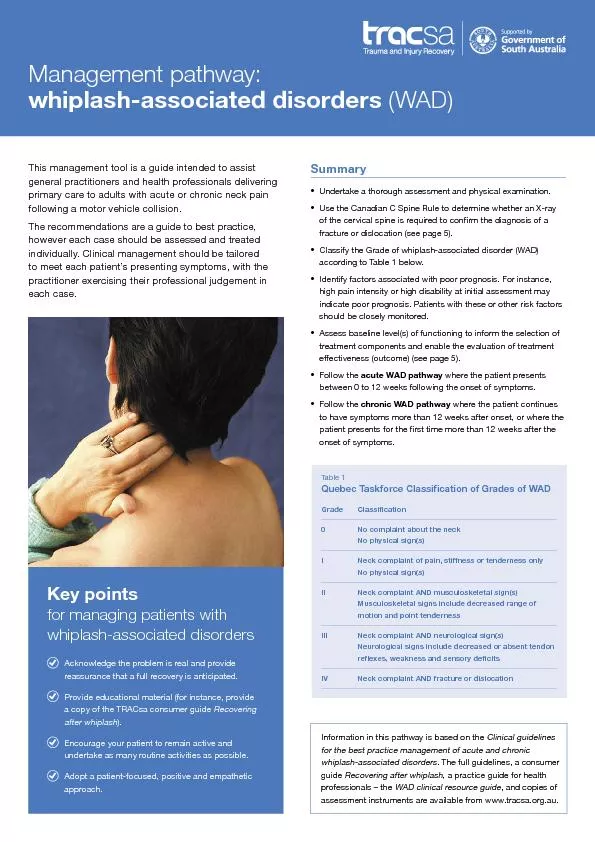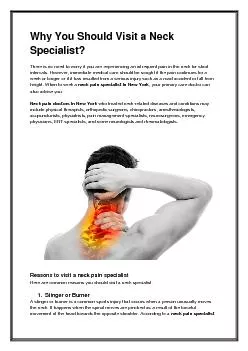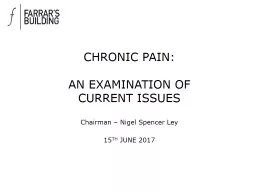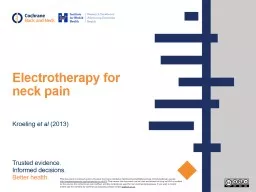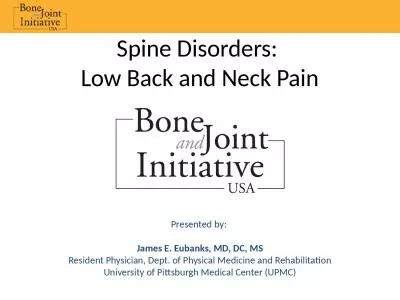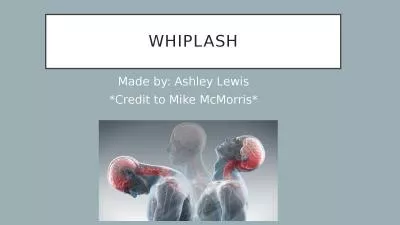PPT-Whiplash and Neck Pain Whiplash
Author : lauren | Published Date : 2023-07-21
Whiplash is a common injury caused by a sudden jerking movement of the head forwards and backwards or side to side This force causes soft tissue around the spine
Presentation Embed Code
Download Presentation
Download Presentation The PPT/PDF document "Whiplash and Neck Pain Whiplash" is the property of its rightful owner. Permission is granted to download and print the materials on this website for personal, non-commercial use only, and to display it on your personal computer provided you do not modify the materials and that you retain all copyright notices contained in the materials. By downloading content from our website, you accept the terms of this agreement.
Whiplash and Neck Pain Whiplash: Transcript
Download Rules Of Document
"Whiplash and Neck Pain Whiplash"The content belongs to its owner. You may download and print it for personal use, without modification, and keep all copyright notices. By downloading, you agree to these terms.
Related Documents



